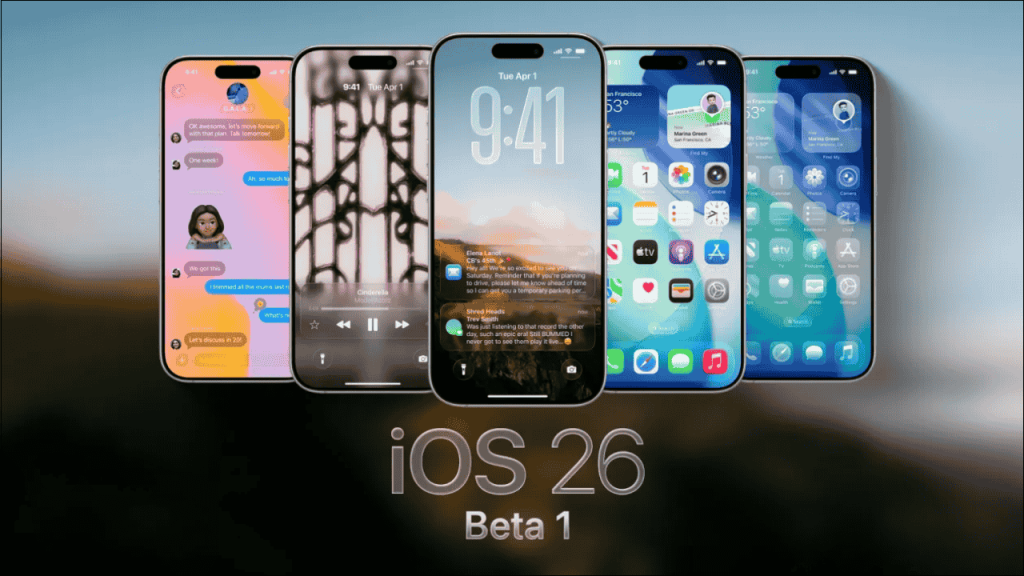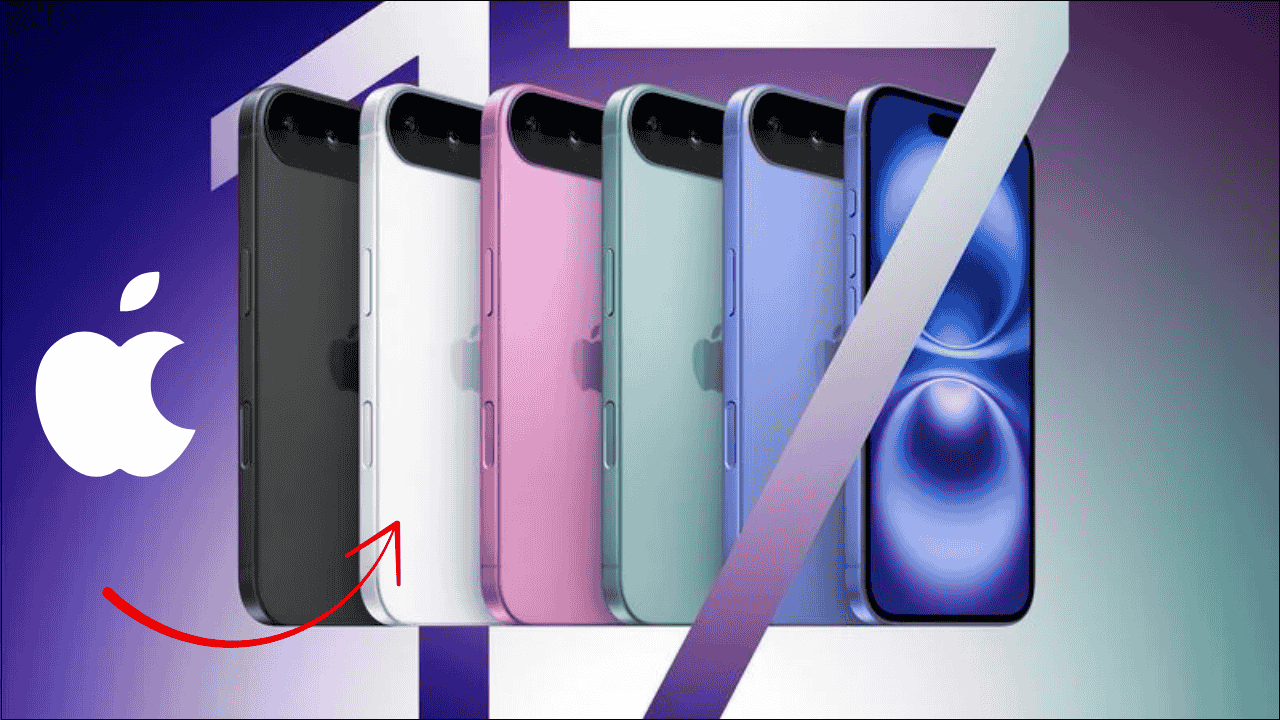
Apple has made an unprecedented move by releasing a revised version of iOS 26 beta 1 just days after the initial developer beta launched. This unusual step suggests that the company discovered critical issues that required immediate attention from the development community.
The tech giant typically maintains a structured beta release schedule, making this rapid revision particularly noteworthy for developers and beta testers who closely monitor Apple’s software development cycles.
This quick turnaround indicates Apple’s commitment to maintaining high-quality standards even in early beta releases, prioritizing stability and security over maintaining original release timelines.
The revised build demonstrates Apple’s agile approach to software development, where critical fixes take precedence over traditional release schedules.
Table of Contents
Technical Build Information and Changes
The original iOS 26 beta 1 carried the build number 23A5260n, while the newly released revision features build number 23A5260u. The minimal difference in build numbers suggests targeted fixes rather than comprehensive changes.
Apple’s internal versioning system typically uses incremental letter changes to indicate minor revisions within the same major build, confirming that this update addresses specific issues rather than introducing new features.
The subtle build number change indicates that Apple likely discovered a critical bug, security vulnerability, or potentially sensitive code that needed immediate attention from the development team.
Technical analysis suggests that the changes are likely backend modifications that won’t be immediately visible to end users but address important stability or security concerns.
Device Compatibility and Availability
This revised beta build is exclusively available for iPhone 16 and iPhone 15 models, reflecting Apple’s strategy of focusing latest software development on their most recent hardware platforms.
Older iPhone models, including iPhone 14 and earlier generations, are not receiving this particular update, which suggests the fixes are specific to newer hardware architectures or features.
The limited device compatibility indicates that the issues addressed in this revision are likely related to hardware-specific features or optimizations unique to the latest iPhone generations.
This selective availability approach allows Apple to target fixes more precisely while avoiding potential compatibility issues with older hardware.
Build Comparison and Analysis
| Aspect | Original Beta 1 | Revised Beta 1 | Significance |
|---|---|---|---|
| Build Number | 23A5260n | 23A5260u | Minor revision indicator |
| Device Support | iPhone 15/16 | iPhone 15/16 | Unchanged compatibility |
| Release Timeline | Initial launch | 3-4 days later | Unusually quick revision |
| User-Facing Changes | New iOS 26 features | Likely none | Backend fixes expected |
| Developer Impact | Standard beta testing | Immediate update recommended | Critical fix implications |
Potential Reasons for Quick Revision
Security vulnerabilities represent the most likely catalyst for such a rapid beta revision, as Apple prioritizes protecting user data and system integrity even in development builds.
Critical bugs affecting core functionality could necessitate immediate fixes to ensure developers can continue productive testing without encountering show-stopping issues.
Accidental inclusion of unreleased product information or future feature code might have prompted Apple to quickly remove sensitive details from the public beta.
Performance issues specific to iPhone 15 and 16 hardware could have been discovered during initial testing, requiring targeted optimizations for these newer devices.
Developer Community Response
Early reports from beta testers indicate mixed experiences with iOS 26 beta 1, with some users reporting smooth operation while others encounter typical first-beta issues.
Battery drain and device warming are commonly reported during initial beta installations, consistent with historical patterns when Apple releases major iOS updates.
Many experienced beta testers recommend waiting several days after installing major beta updates before making critical assessments, as iOS typically optimizes performance automatically over time.
The developer community generally appreciates Apple’s quick response to potential issues, viewing rapid revisions as positive signs of active quality control.
Beta Testing Best Practices
| Recommendation | Rationale | Risk Level |
|---|---|---|
| Backup device before installation | Protect against data loss | Critical |
| Install on secondary device | Avoid disrupting primary workflow | High |
| Monitor battery performance | Early indicator of stability issues | Medium |
| Report bugs through official channels | Contribute to development process | Low |
| Avoid business-critical usage | Beta software inherently unstable | High |
Installation and Update Process
Developers enrolled in Apple’s beta program can access the revised build through the Settings app under Software Update, provided they have compatible iPhone models.
The installation process follows standard iOS update procedures, though Apple recommends backing up devices before installing any beta software due to inherent instability risks.
Download sizes for the revised build appear consistent with typical beta updates, suggesting the changes are focused rather than comprehensive system modifications.
Installation time varies depending on device model and storage capacity, with newer iPhones typically completing updates more quickly than older models.
Performance Expectations and Considerations
Initial beta releases traditionally exhibit performance inconsistencies, including battery drain, app compatibility issues, and occasional system instability.
Users should expect optimization improvements over subsequent beta releases as Apple refines the software based on developer feedback and internal testing.
Third-party app compatibility may vary significantly, as developers need time to update their applications for new iOS features and API changes.
System responsiveness typically improves over the first few days following installation as iOS completes background optimization tasks.
Future Beta Release Schedule
Apple typically follows a predictable beta release cycle, with new builds appearing every 1-2 weeks throughout the summer development period.
The quick revision of beta 1 might slightly delay the normal schedule, though Apple usually maintains their established timeline for subsequent releases.
Major feature additions and refinements typically appear in beta 2 and beyond, with later betas focusing primarily on bug fixes and performance improvements.
Public beta releases usually begin with beta 2 or 3, allowing Apple to address critical issues discovered by developer testing first.
Impact on iOS 26 Development Timeline
This early revision suggests that Apple is taking a particularly careful approach to iOS 26 quality, potentially indicating significant new features that require extensive testing.
The willingness to quickly revise beta 1 demonstrates Apple’s commitment to maintaining development momentum despite encountering unexpected issues.
Overall iOS 26 development appears to remain on track for the traditional fall release schedule, with this revision representing a minor course correction rather than a major setback.
The rapid response to potential issues bodes well for the overall stability and quality of the final iOS 26 release later this year.
Security and Privacy Implications
Any security-related fixes in the revised build underscore Apple’s continued emphasis on protecting user privacy and data security even in development software.
Developers testing beta software should remain aware that early builds may contain vulnerabilities that are addressed in subsequent releases.
The limited device availability for this revision might indicate security fixes specific to newer iPhone hardware or features.
Apple’s security team likely works closely with the iOS development team to identify and address potential vulnerabilities throughout the beta process.
Frequently Asked Questions
Q: Should I install the revised iOS 26 beta 1 if I already have the original?
Yes, if you’re already running the original beta, you should update to the revised build as it likely contains important bug fixes or security improvements.
Q: Why is the revised beta only available for iPhone 15 and 16 models?
The fixes in this revision are likely specific to hardware features or optimizations unique to newer iPhone models, making updates unnecessary for older devices.
Q: Is it safe to use iOS 26 beta as my daily driver?
Beta software is inherently unstable and should only be installed on secondary devices. Critical bugs and app compatibility issues are common in early betas.
Q: When will the next iOS 26 beta be released?
Apple typically releases new beta builds every 1-2 weeks, though this revision might slightly adjust the normal schedule for subsequent releases.




